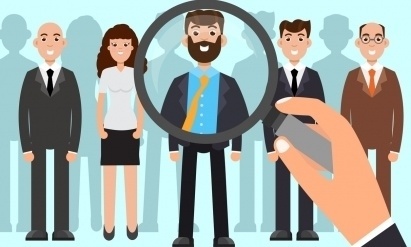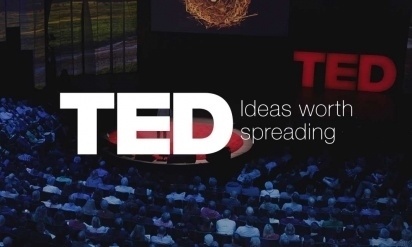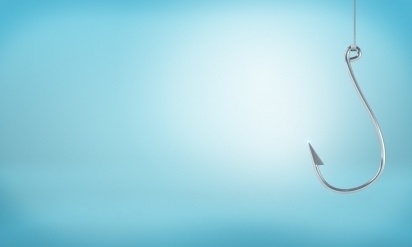Top 5: The Most Important Behavioral Economics Discoveries for Marketers
Article at a glance
- We have two information processing systems in our brains: System 1 and System 2. Marketers typically overestimate how much consumers rely on System 2 in their decision-making processes while underestimating the role of System 1.
- Consumers are predictably irrational and susceptible to cognitive biases.
- Humans are social beings. The behavior of others has a significant impact on our decisions.
- Consumers are focused on immediate benefits and less interested in delayed outcomes.
- Context has a significant impact on consumer behavior.

Discovery #1: We have two information processing systems
If you are a regular reader of this blog, you already know all about System 1 and System 2.
System 1 thinking is automatic, impulsive, fast, and unconscious. Most of your everyday decisions and behaviors are System 1 decisions, such as when you speak your native language, when you drive the same road to work every day or when you automatically reach for your phone to check Facebook for the nth time.
System 2 thinking is rational, analytical, slow, and often tiring. When you are learning a new language, buying a flat or doing your taxes, you are using your System 2.
Why is this discovery important for marketers?
Because most marketers assume their consumers care about their brand or product. I hate to be the one to break this news to you, but the answer is most likely... No. Remember that you spend at least 40 hours a week thinking about your brand/product and you get paid for it. Your System 2 is motivated to be involved in the process. Your consumers, on the other hand, often have different priorities. Your yogurt, ham, or mobile phone packages aren't what keeps them awake at night. Their purchasing decisions are based on mental shortcuts, impulses habits. Their choices are System 1 decisions, which don't care much for your rational arguments on why your product is better than that of your competition.
Discovery #2: We are predictably irrational and susceptible to cognitive biases
Once upon a time — sometime between 1776 when Adam Smith published The Wealth of Nations and the beginning of the 20th century — the wise men of this world assumed that people are rational. At the beginning of the 20th century, Sigmund Freud and his buddies came along and showed the world that humans are as much emotional beings as they are rational beings, if not more.
Finally, in the 1970s, Daniel Kahneman and Amos Tversky began publishing their research on how people really make decisions. They showed that our choices are often the result of systematic cognitive biases (rather than rational thinking and emotions). They described three key heuristics:
- availability heuristic: a simplified method of inference, whereby a higher probability is assigned to events that are more easily recalled and more emotionally marked;
- representativeness heuristic: a simplified method of reasoning consisting in classifying based on partial similarity to a typical, characteristic or representative case that is already known;
- anchoring and adjustment heuristic: a simplified method of inference, consisting of relying (anchoring) on specific information, and then modifying (adjusting) it to obtain an answer to a question or to pass judgment.
Why is this discovery important for marketers?
Cognitive biases don't only describe how we really make decisions, but they can also be used to influence behavior. Knowing that people are predictably irrational, we can design the decision-making process in such a way as to take advantage of these biases and induce the desired behavior in people.
Discovery #3: Humans are social beings
We, humans, are frail creatures, and we wouldn't have survived as a species if it had not been for the ability to live and cooperate with others. Nowadays, in 2018, our group may be less critical for our survival than it used to be, but we can't just get rid of how evolution has shaped us over hundreds of thousands of years.
Other people are important to us. Their opinion and behavior matters and influences us greatly:
- We like to be liked.
- We like people who are like us.
- When we don’t know what to do, we follow the crowd.
- We listen to those who have the authority or who we respect.
- We have the tendency to reciprocate: If you help me, I will help you.
- While we may not like to admit it, we like it when we have more than others because having more means we're important and people are less likely to say “No” to an important person.
Why is this discovery important for marketers?
Even though our culture promotes individualism, we are social beings, and the evolution-shaped mechanisms can be effectively used to influence consumers' behavior, for example by the use of such tools as the messenger effect, social proof, relative ranking or reciprocity rule.
Discovery #4: We are less concerned with the future than with the “here and now”
Our System 1 doesn't understand the concept of time, and therefore it doesn't really know, or care, that there is a future. Perhaps that is why we tend to choose the things that bring us instant happiness (think pizza, alcohol, binge-watching Netflix on your couch) than doing what is right for us in the long-term, such as eating healthy, staying physically active and saving for retirement.Why is this discovery important for marketers?
I like to ask these two questions when I conduct workshops or trainings for marketers:
- When does your customer bear the costs of her decision to purchase/use your product?
- When does she receive the benefits?
Confronted with these questions, marketers usually realize that all this time they've been expecting their customers to incur immediate costs, such as the need to go to a store, to get acquainted with an offer, to make calculations in order to make a choice, to pay for a product or a service and then to remember to use it regularly. The benefits, on the other hand, tend to be deferred in time. And if they are delayed, their perceived value decreases significantly.
Next time you plan marketing initiatives, remember that your customers care less about the future and the “here and now.” All benefits that you are offering, which are to be obtained in the future, will be perceived as less significant, while immediate costs will bare a lot of weight on your customers' decisions.
Discovery #5: Context influences behavior
Our preferences and needs change. Just because someone prefers A to B when we ask them about their preferences in a research study does not mean that they will make the same decision at the time of purchase, even if that decision is being made only a little bit later.
When we don't know what we want (i.e., often), our decisions are greatly influenced by the context in which they are made. In other words, the context — in particular the physical context, i.e., the arrangement of products, the order in which options are presented, convenience and accessibility — has a significant impact on your customers' decisions.
Why is this discovery important for marketers?
Behavioral science research shows us that few things in life are permanent, and certainly not preferences. Since we rarely truly know what we want, we often (unconsciously) base our decisions on social as well as physical context.
Next time, instead of working on another brand positioning update or spending time describing your brand's personality in a brief for an advertising agency, spend time analyzing the environment and circumstances under which your customers make their purchasing decisions. Your goal should be to identify those aspects of the situation that may have an impact on consumers' choices and to design the decision environment in a way that promotes the right behaviors.





